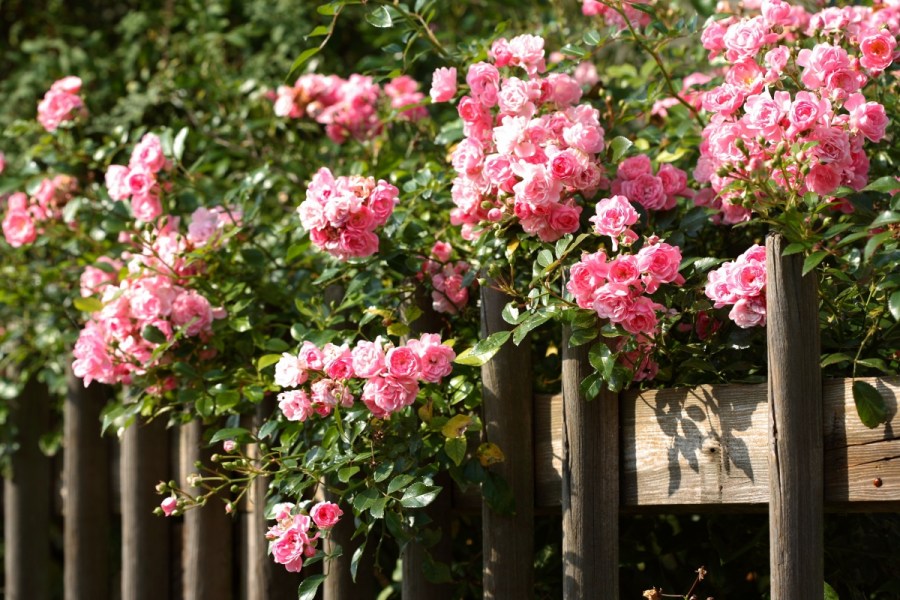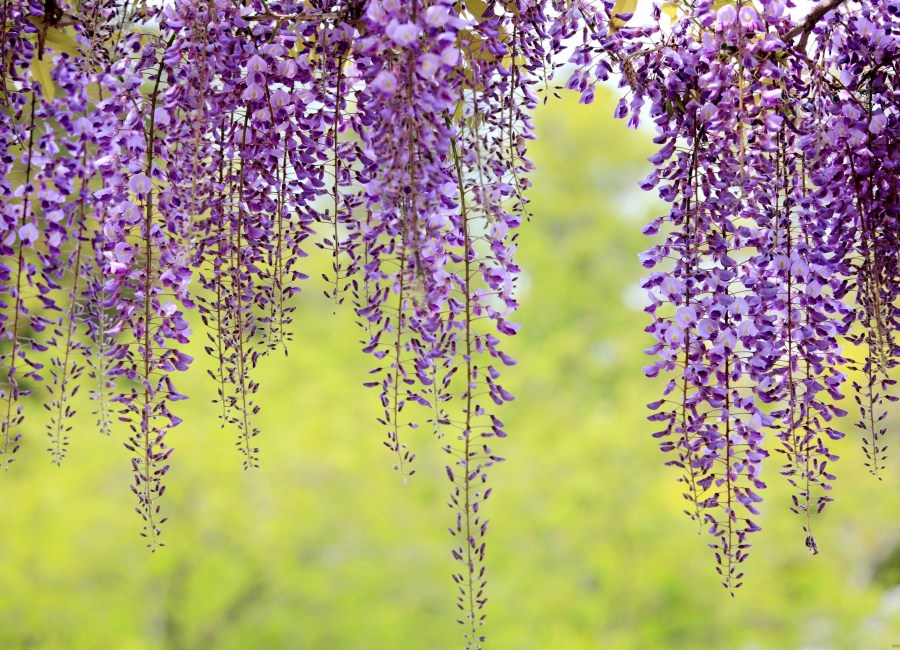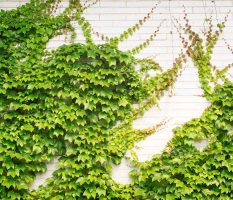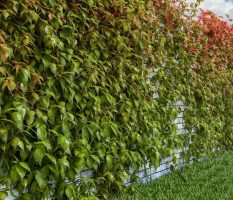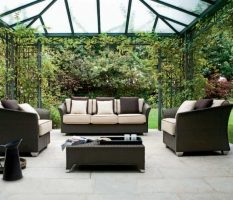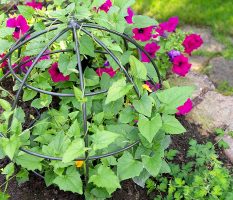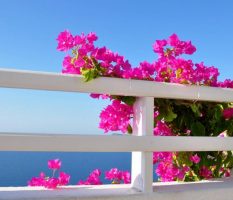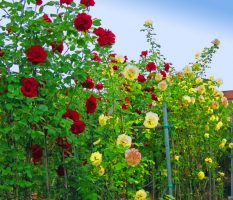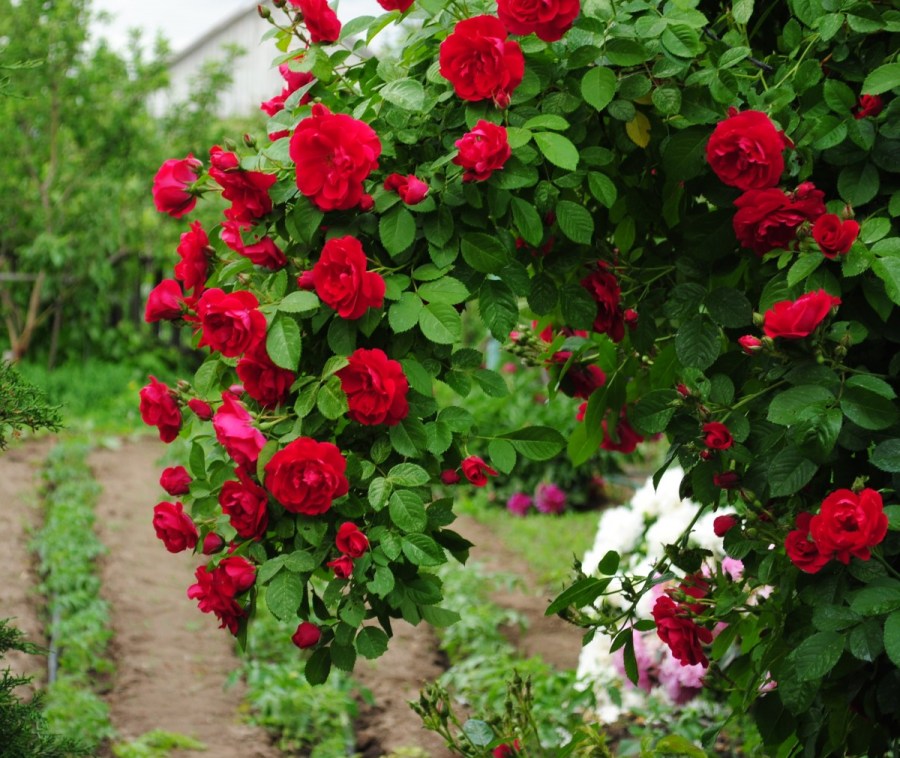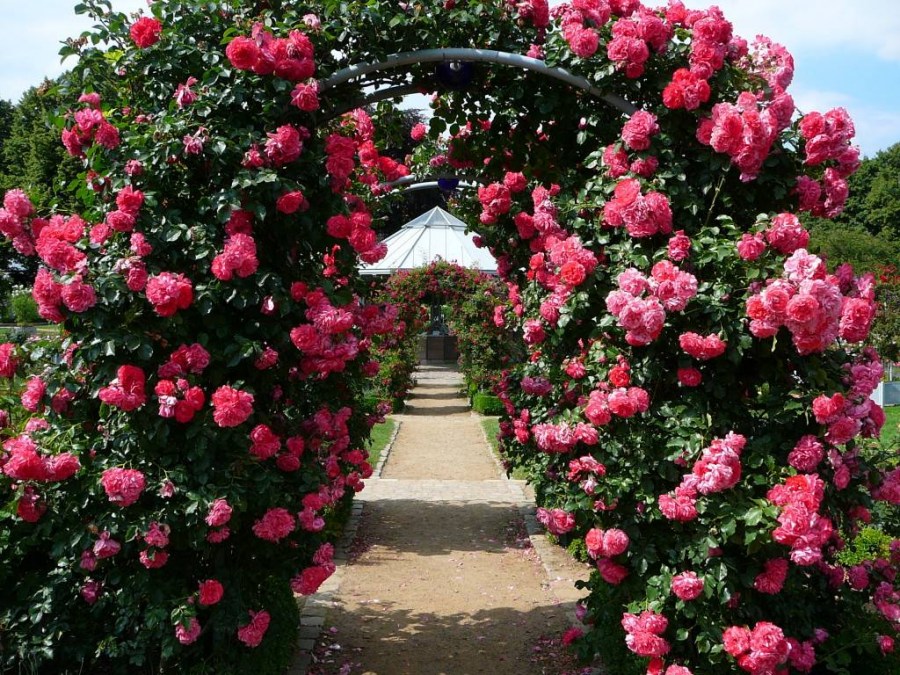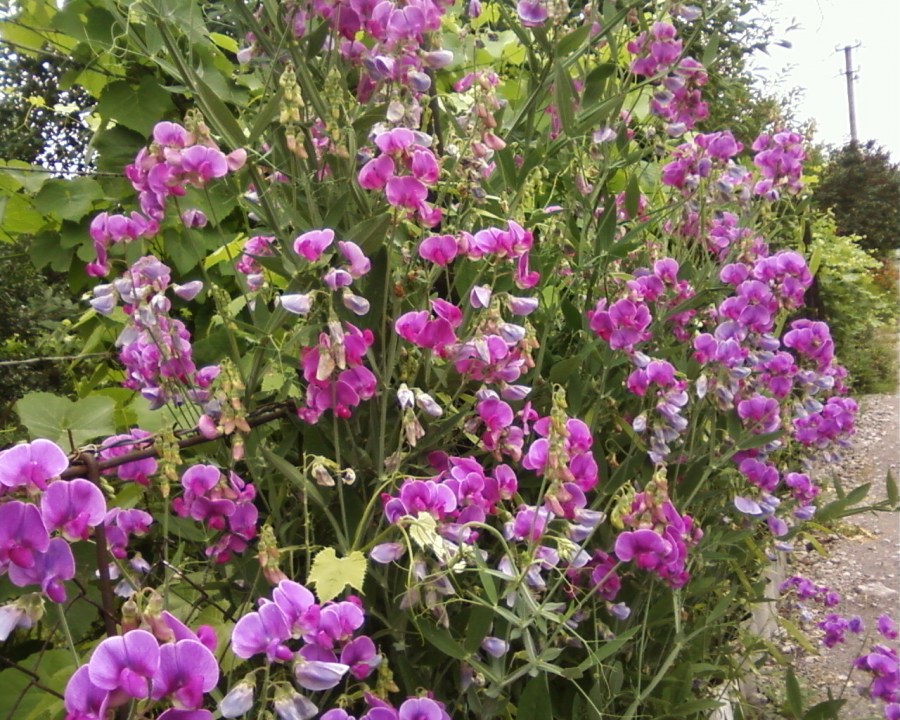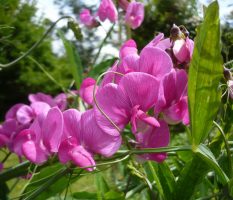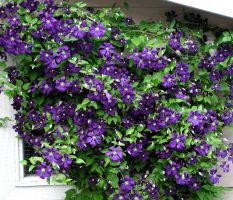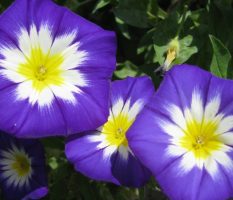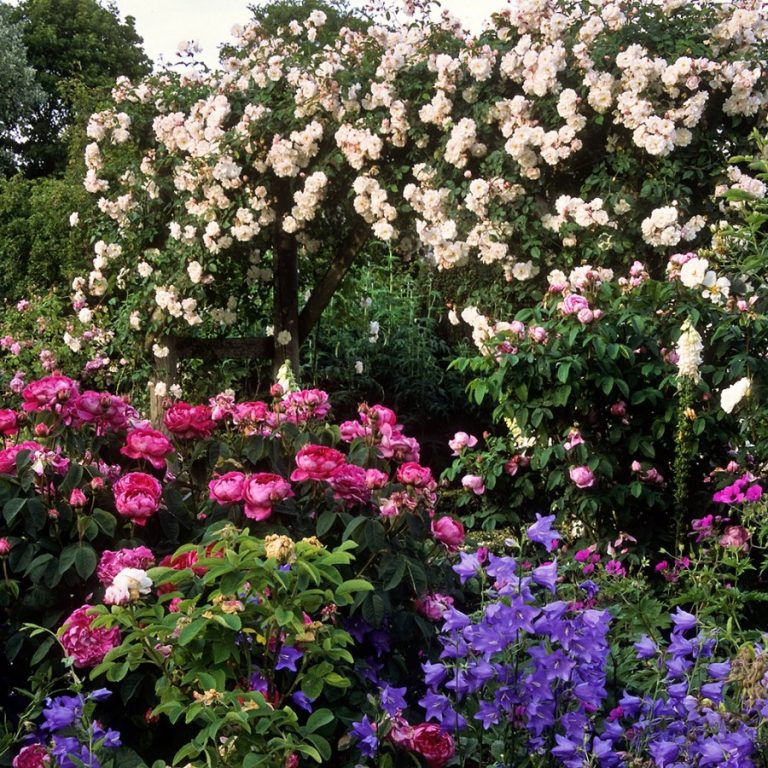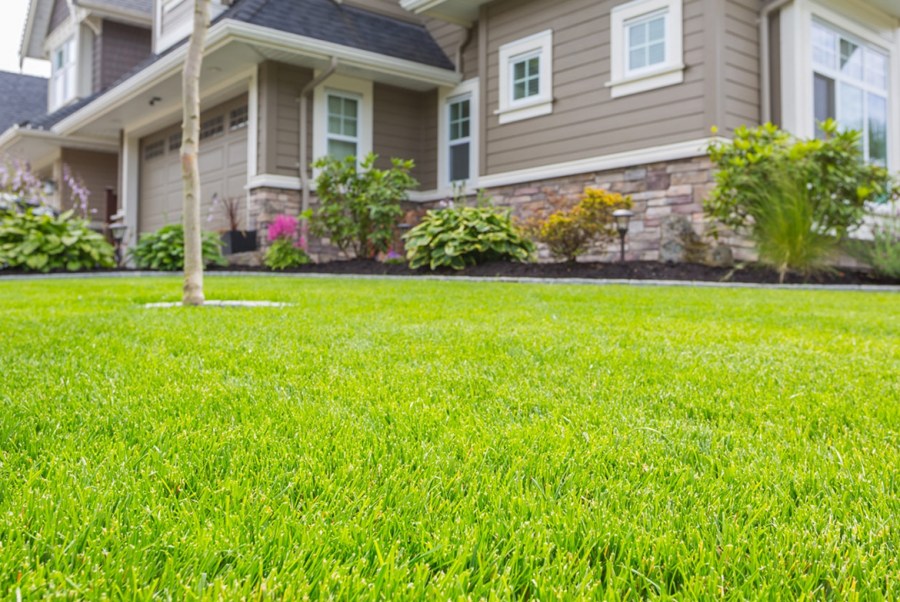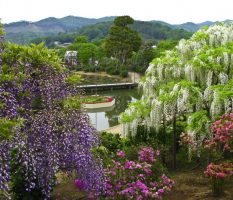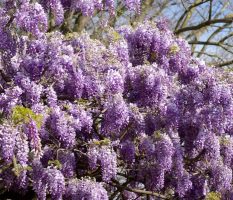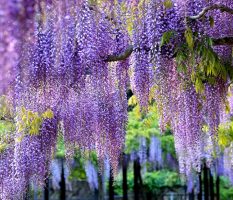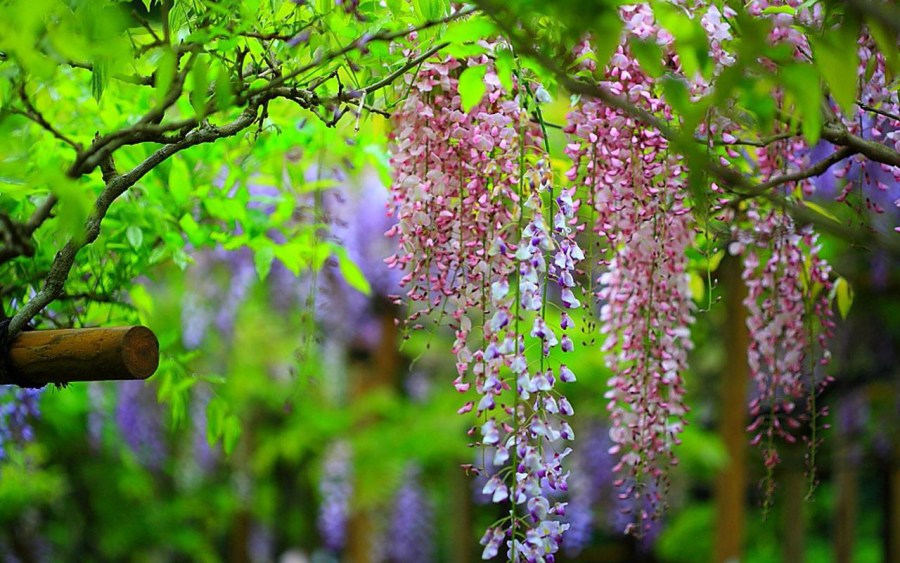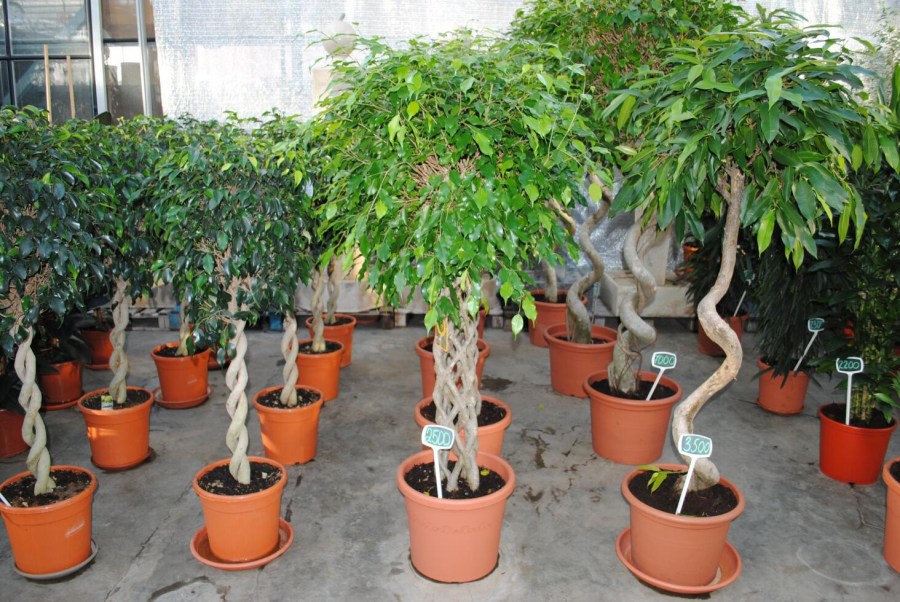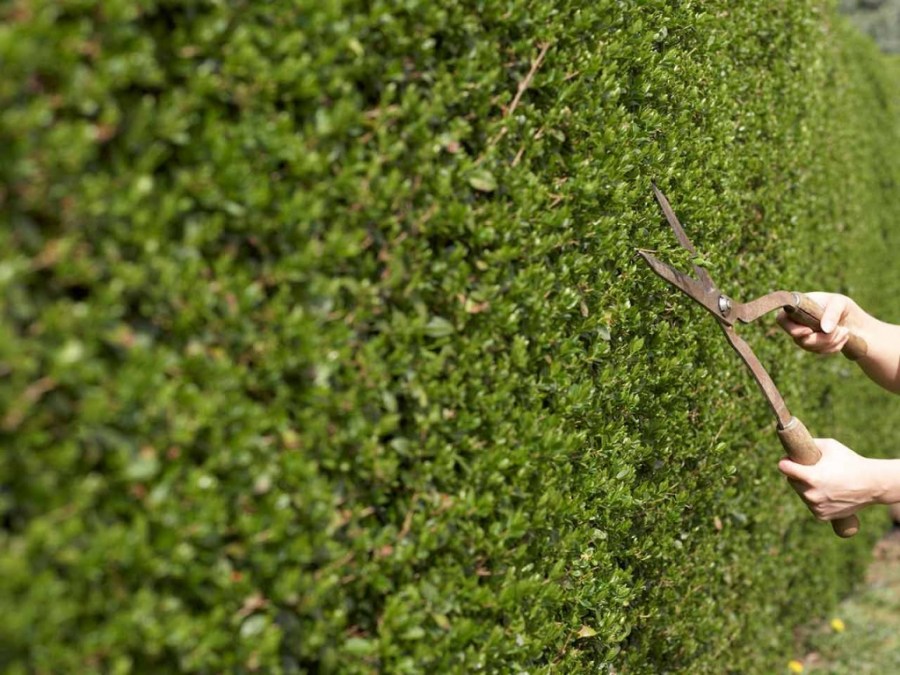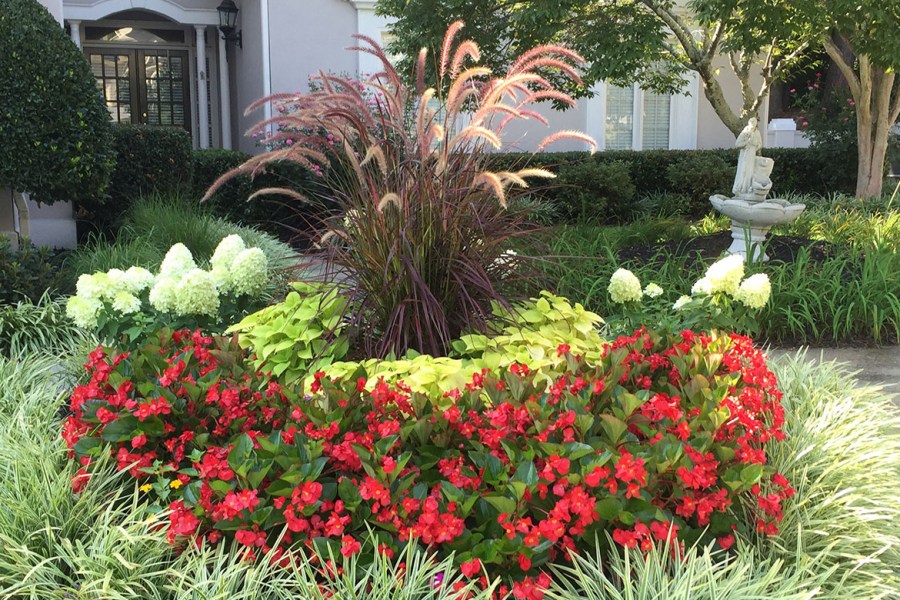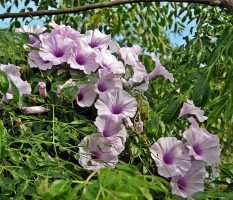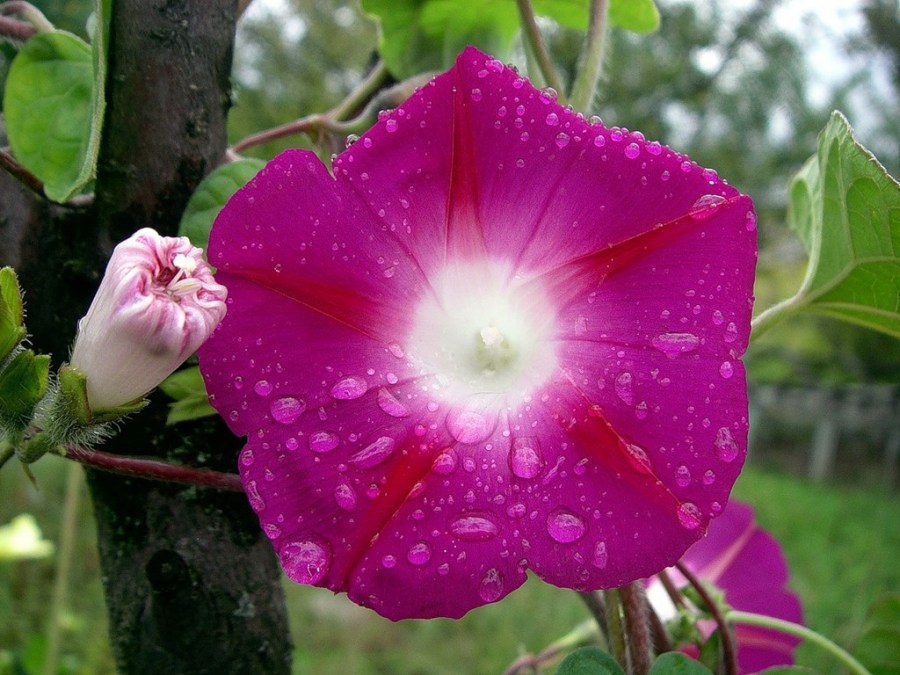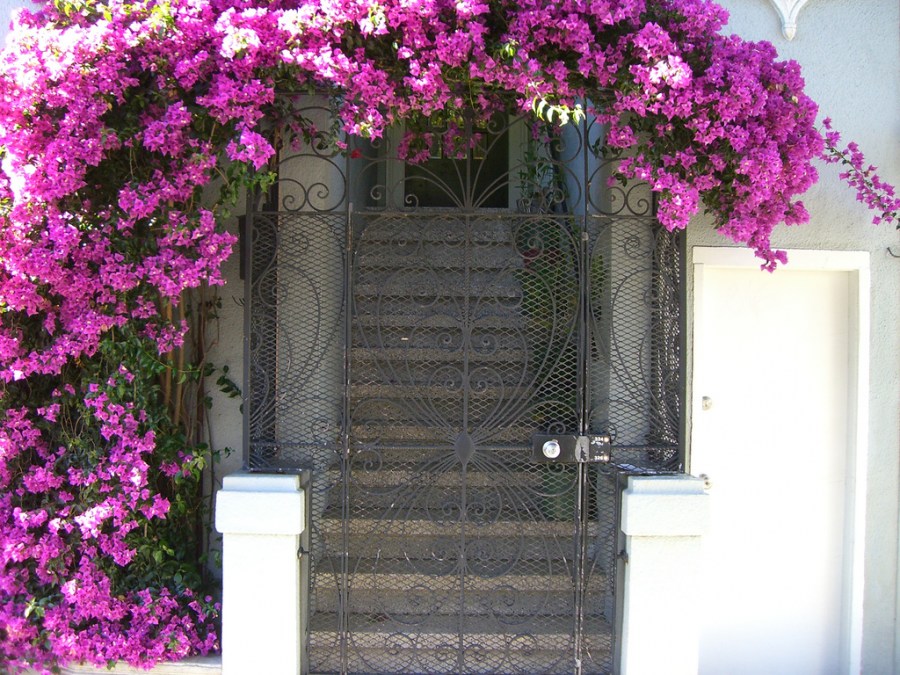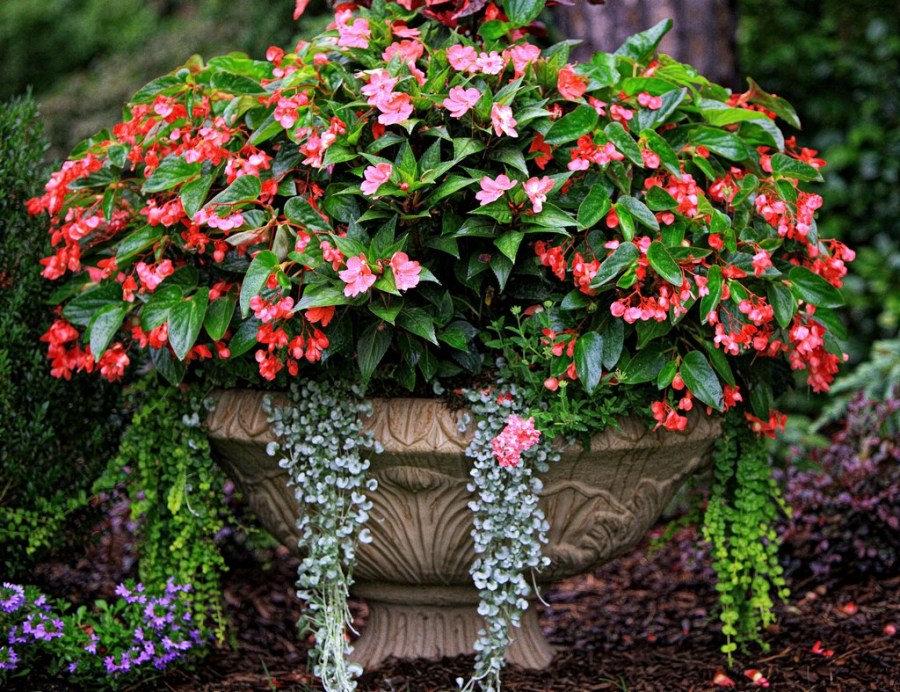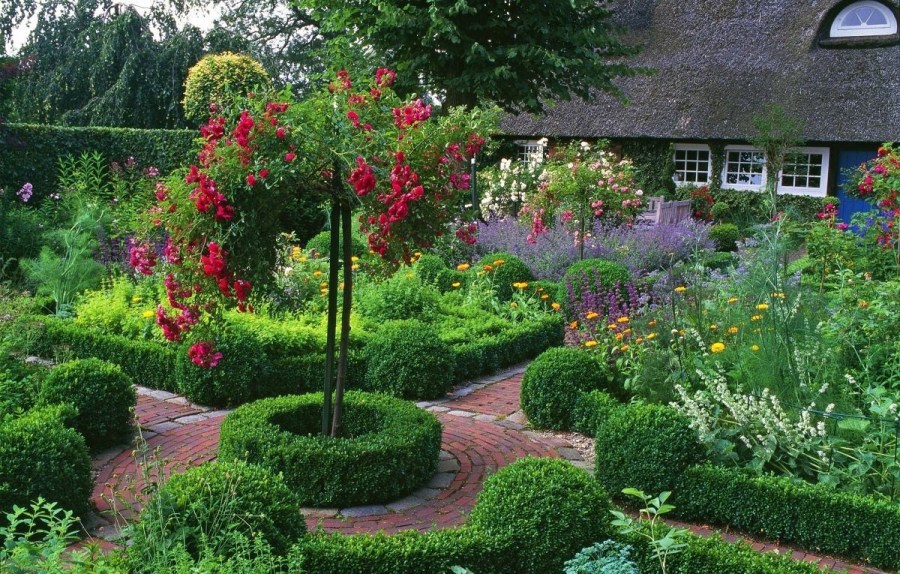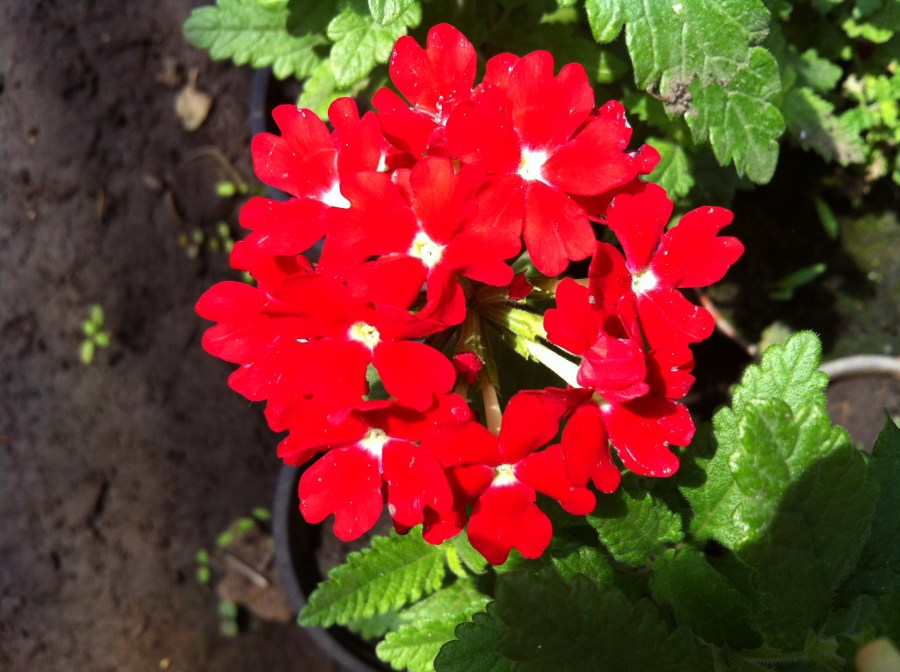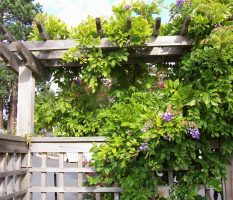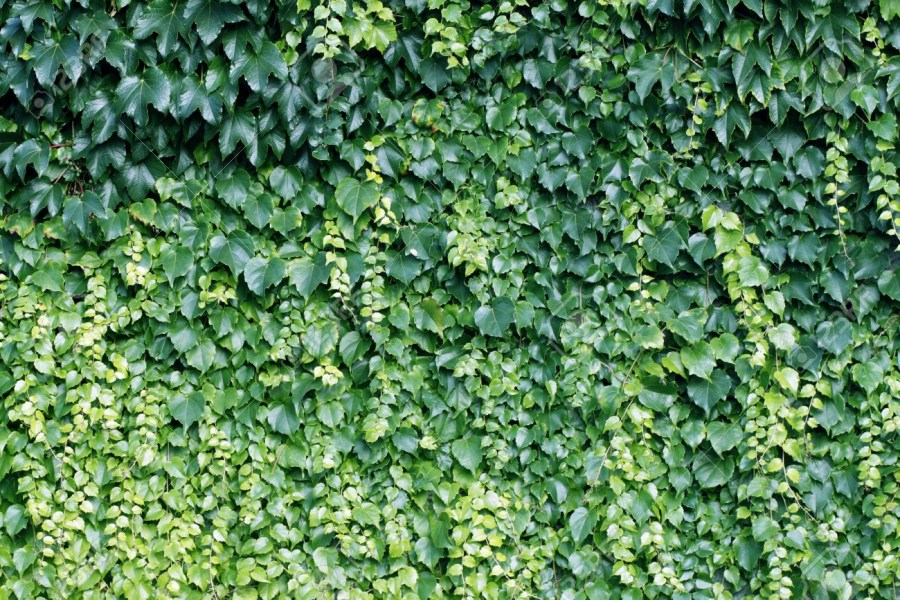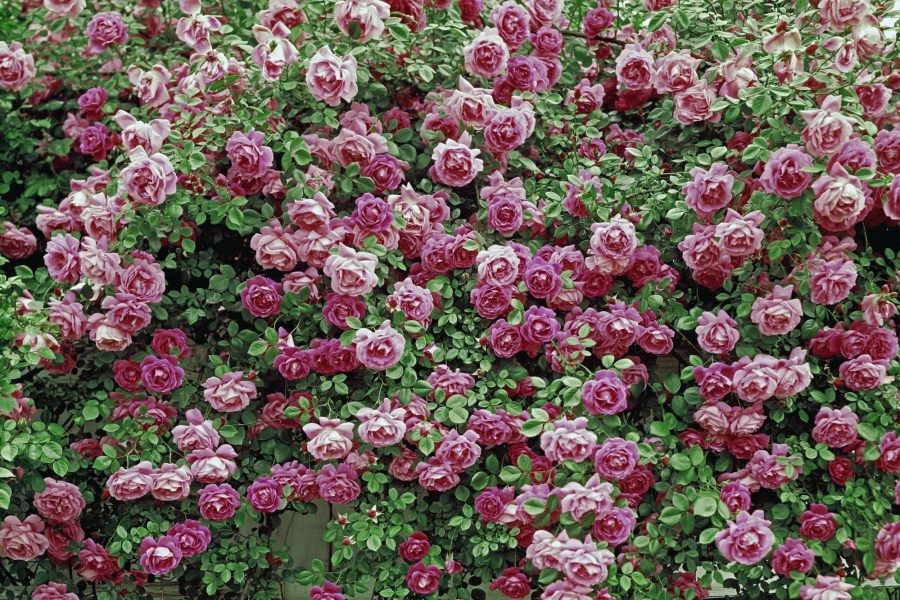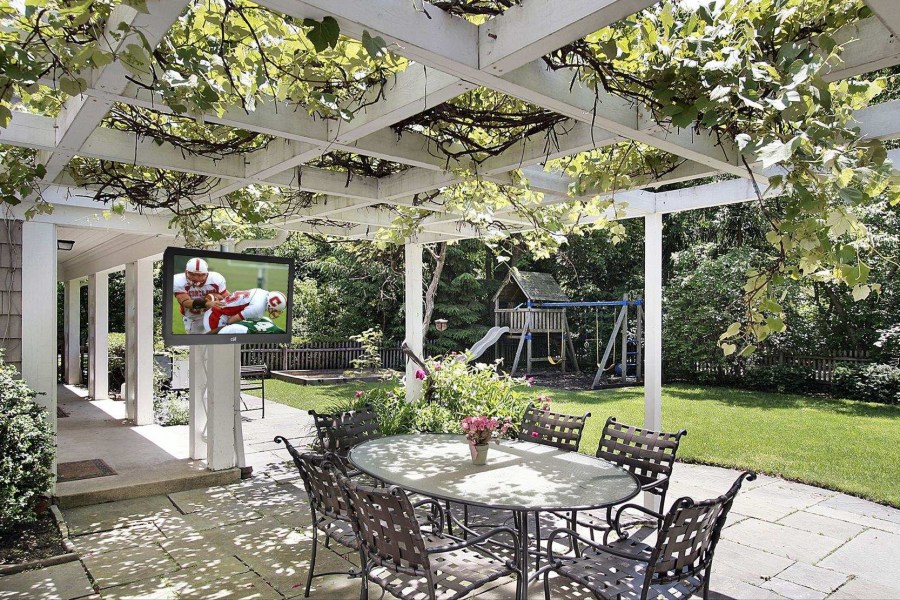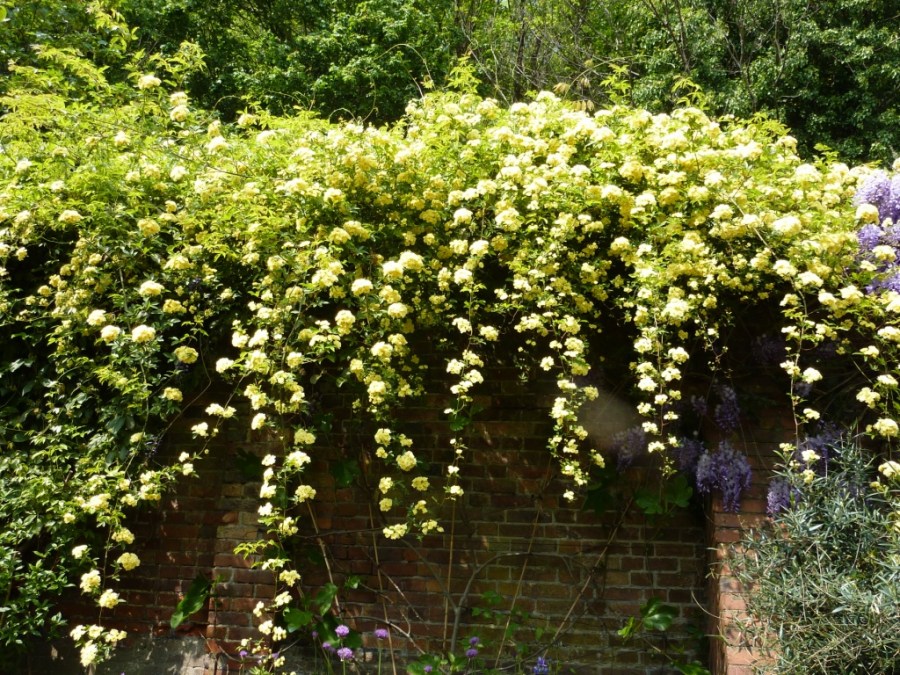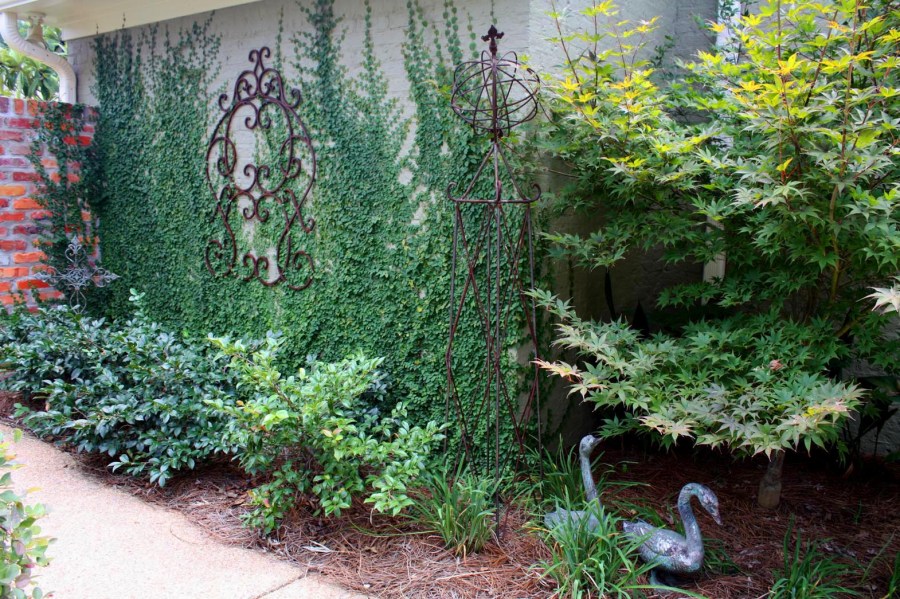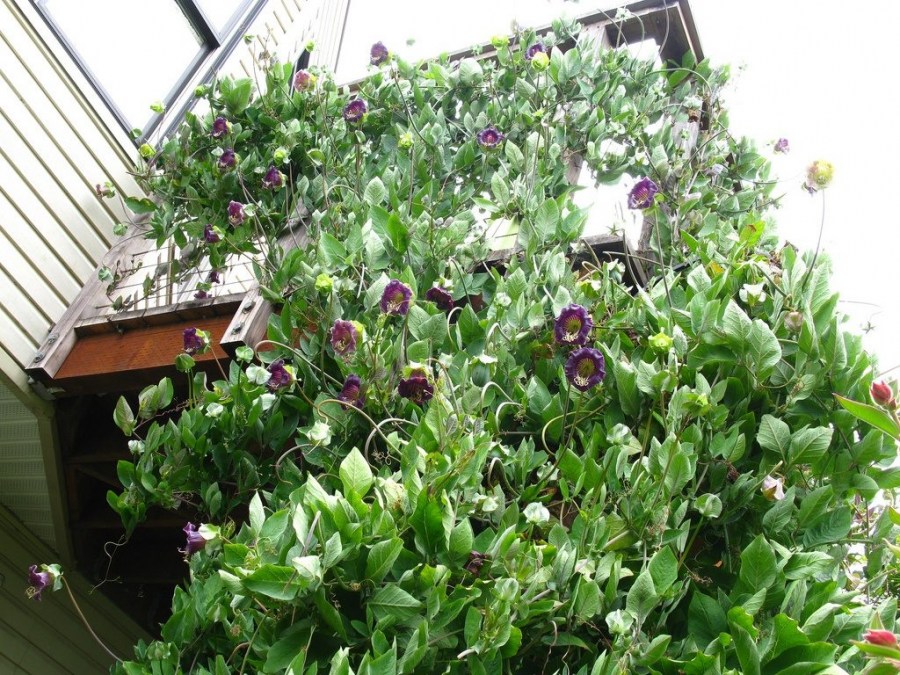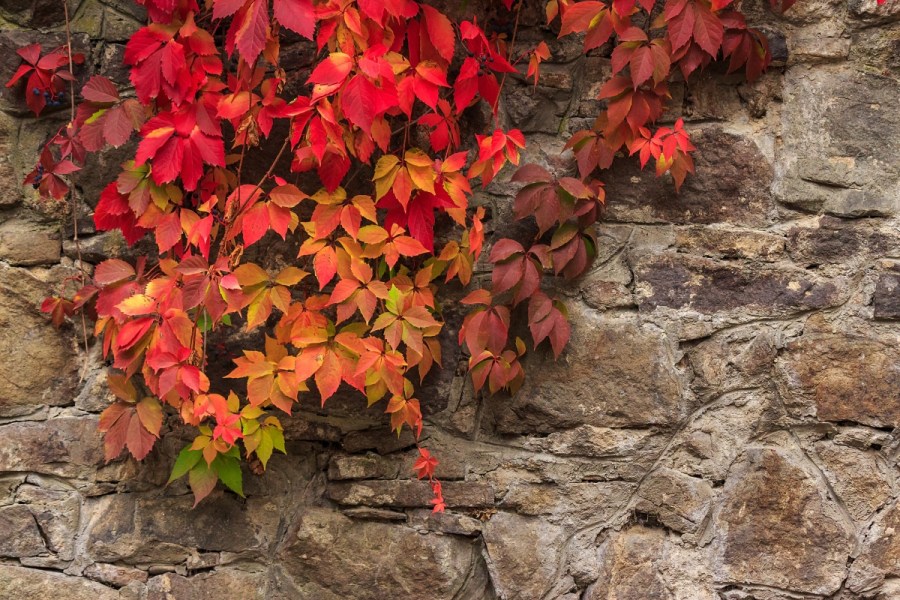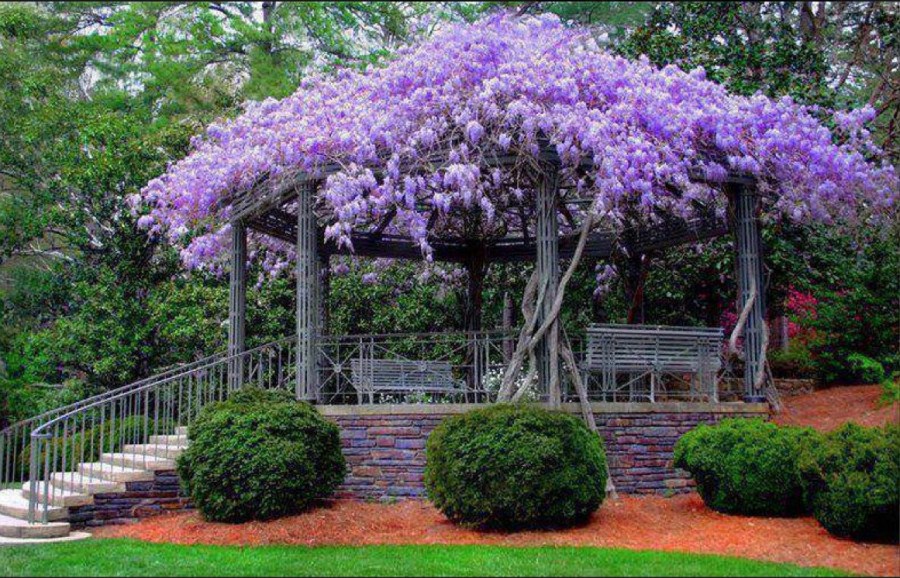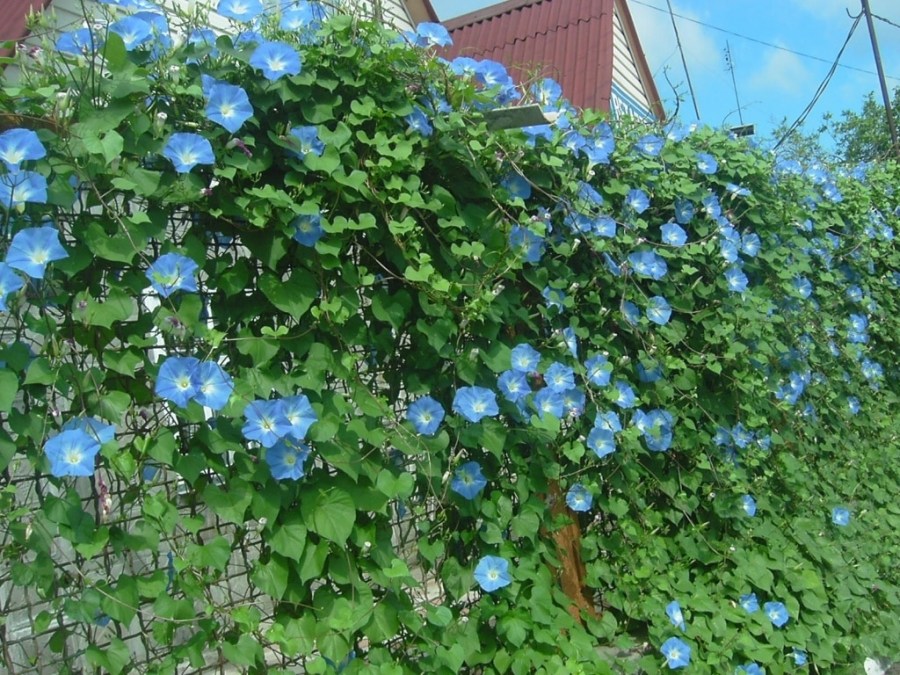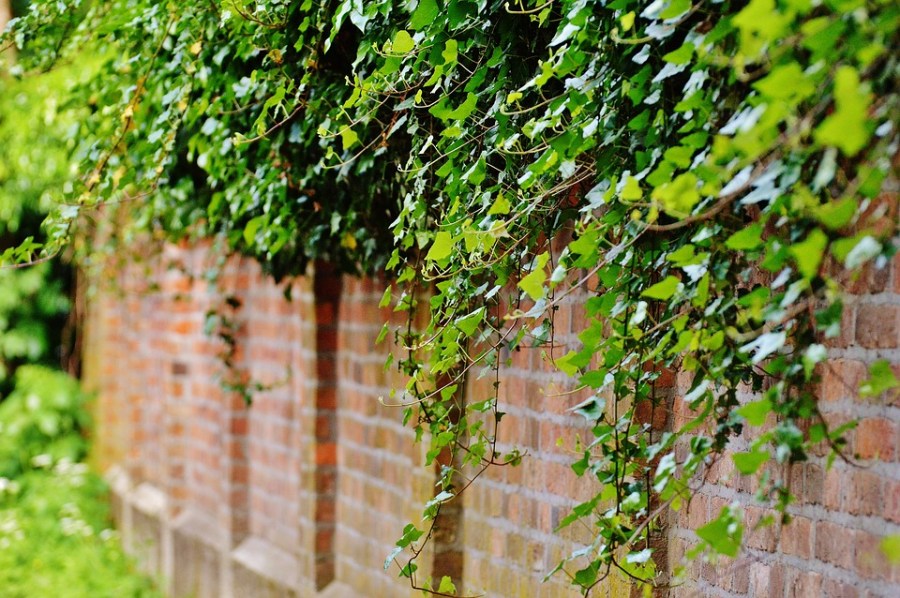Climbing plants - 70 application photos in landscape design of a garden or plot
Perennial climbing plants - the best way to beautifully design the site, using the universal tool of professional designers to easily mask unattractive buildings located on the site. The green fence is able to create coziness, protects the cottage from dirt and noise from the street, while it requires unpretentious care.
Garden plants are divided into many types: they can be annual and perennial, flowering or just green, decorative and fruitful.
It is not easy for a beginner gardener to choose suitable options for himself from such a variety, so read this article, then you will find out which varieties are most valued by summer residents.
Best perennials
Take a look at the photo of climbing plants, many of them are perennial, gardeners believe that they should be on the site. After the summer resident planted them, he will be able to admire the bewitching beauty for several years.
Climbing rose
This plant is appreciated by experienced designers; a beautiful rose blends perfectly with the landscape in the country style and the Victorian style. Even a small summer cottage with a small old house looks more attractive. An unpretentious plant does not require special care, and this is its additional plus.
The planting time of climbing roses falls at the end of September-beginning of October, a beginning gardener should familiarize himself with all the important points in advance:
- It is best to plant a rose in mixed soil: it grows poorly on loams or in sand.
- In late August, fertilize the earth with fertilizers, then optimal conditions will be created for growth and development.
- The photophilous rose needs a lot of sun, so find an appropriate place for it on the site.
- The flower needs to be watered additionally, you should not think that it is enough for one rainwater.
Under favorable conditions, plants grow rapidly, the distance between two adjacent bushes should be at least 1 m.
Magnificent climbing roses need to be covered with the onset of cold weather: they are afraid of frost and may die.
Kamsis
Beautiful flowers can be found in a rich palette of warm colors. These winter-hardy climbing plants, imported from North America, remarkably adapted to the harsh conditions of the Russian winter.
In height, they can reach 15 m, they can be given any shape if pruning is done in a timely manner. The flowering period is quite long - all summer.
Important: Campsis attracts with its bright colors of different insects, this is not a good option for a place where people want to sleep or relax.
The arch for climbing plants, braided by the campsis, makes a great impression on others: the large bells look great against the backdrop of greenery.
The flower distribution area is the south of Russia and regions with a temperate climate, where the campsis needs to provide reliable shelter from winter frosts.
Wisteria
The flower is able to create a magical atmosphere in the garden, it is not for nothing that the magnificent wisteria became the prototype of the Ava tree in the popular film Avatar. The stems are able to rise to a considerable height - up to 18 m.
For wisteria, the southern climate is more suitable, in the northern latitudes it does not feel comfortable. This perennial begins to bloom magnificently only 5 years after planting, in the fall the flower looks colorful even when the flowering period ends.Her leaves turn bright lemon, and bean pods appear.
We can say that the plant is unpretentious: to ensure its growth, it is enough to adhere to the following rules:
- Land in a place where there is a lot of sunshine on the windless side.
- The soil should be fertile, the most inappropriate option is calcareous soil.
- The plant needs to be watered in moderation, waterlogging is harmful to it.
The key to lush flowering is pruning, which is performed at the end of the last spring month. Last year's shoots must be cut correctly - it is important that their maximum length is 30 cm. The second pruning for 5 buds is carried out in the third decade of August.
Hiding. Wisteria must be protected from frost, it is removed from the support for climbing plants, carefully laid on a wooden flooring and closed.
The flower will not bring any more trouble, it has good resistance to disease, and insects rarely attack it. Perennials are chosen by those gardeners who do not want to redesign their plot every year.
Varieties of annual plants
Popular annuals are climbing plants for the fence and buildings that need to be sown every year. They have one significant advantage over perennials - they grow much faster, and in July they can already be admired in all its glory.
Morning glory
With this annual creeper, it’s easy to create a screen for a terrace, decorate a gazebo or make a hedge. A lush green carpet blooms with purple, white, blue or raspberry flowers, and flowering continues until early October.
Tip: Ipomoea quickly grows exclusively on fertile soil, the plant needs to be constantly fertilized, it needs a small amount of nitrogen.
Planting is carried out in early May, you can use seeds or sprouts. The plant must be planted on the sunny side, it needs moderate watering.
Sweet pea
Often the plant can be seen on terraces and balconies: sweet peas spread a pleasant aroma. Its gamut of flowers is huge, and it blooms for at least 3 or 4 months. The plant is not afraid of spring frosts, so it can be sown in early spring.
An important point is not to miss the time when you need to provide support. Sweet pea loves good lighting and plentiful watering, in addition, you need to remove flowers that have already faded.
Kobe
This is an old variety, which was cultivated in 1787. Today, the kobe is a wonderful decoration for country fences and arbors. The length of the shoots can reach approximately 4 m, the colors of the flowers are purple and white. The flowering period begins in mid-summer and lasts until the frost itself.
Kobeya grows equally well in the sun and in the shade. Itself rises along the walls of structures thanks to the antennae. A kobe is planted with seeds or cuttings, buds that have bloomed do not need to be removed, they will fly apart with the first gust of wind.
Minimum Maintenance Species
Ivy is durable and unpretentious. It has the following advantages:
- Evergreen
- Growing everywhere
- Serves as a green background for other colors.
The decoration of terraces, gazebos and balconies with ivy looks advantageous.
Girl's grape
The plant is practically not susceptible to pests or diseases, for it there is no need to create additional supports, lashes with foliage will cover the entire space.
All that is required of the gardener is to trim the old lashes and direct new shoots. Any soil is suitable for girl’s grapes, but in winter it does not need to be covered. The plant blooms in July, in September, fruits that cannot be eaten ripen.
Photo of climbing plants
Rope ladder - 60 photos of ideas for wells, trees and rescue options
Imitation of a bar - 130 design photos + DIY installation instructions
Shrubs for gardening: flowering and multifunctional options (75 photos)
Join the discussion:
